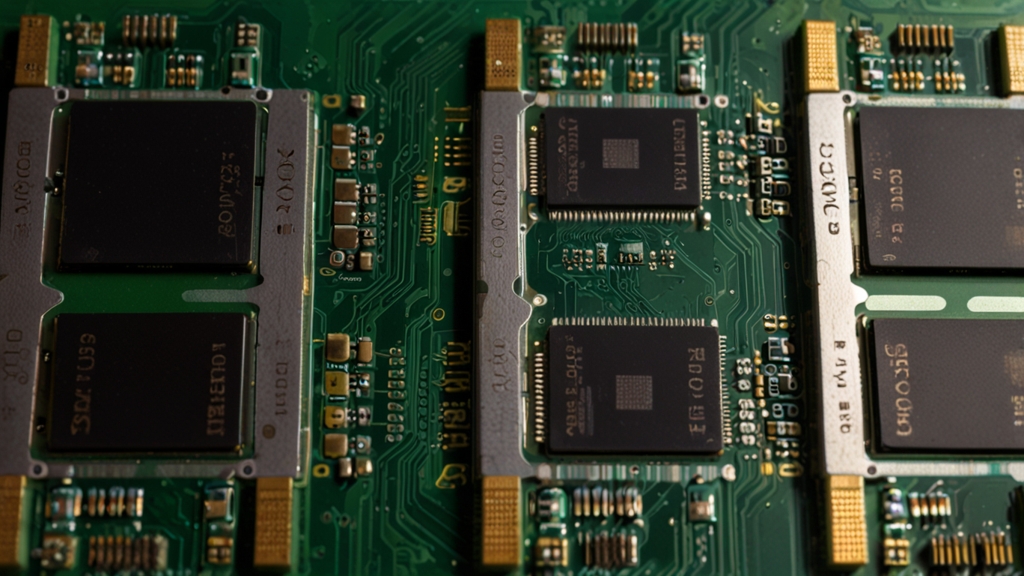The Vietnam War from Above: Aerial Footage That Shocked the World
The Vietnam War, a conflict that spanned nearly two decades, was marked by its intensity, complexity, and the profound impact it had on the global stage. One of the most striking aspects of this war was the aerial footage that emerged, providing an unprecedented, bird's-eye view of the destruction and devastation. This footage not only helped shape public opinion but also influenced military strategy and political discourse.
The Dawn of Aerial Warfare
During the Vietnam War, advancements in aviation technology meant that aerial photography and videography became critical components of military operations. Aircraft equipped with cameras could capture high-resolution images and videos, providing both strategic advantages and stark visual documentation of the conflict's impact. Helicopters, in particular, played a crucial role in this regard, hovering over battlefields to offer real-time intelligence and support.
Perhaps the most iconic image of the Vietnam War's aerial perspective is the footage of napalm strikes. These images, often shown on nightly news broadcasts, highlighted the sheer scale and indiscriminate nature of the weapon's devastation. The haunting visuals of firebombs exploding over lush forests, leaving behind charred landscapes and burning villages, left an indelible mark on the world’s collective consciousness.
Exposing the Reality
The aerial footage served to both illustrate the military prowess of the United States and expose the brutal reality of the conflict. While the government intended to use this footage to demonstrate the effectiveness of their military strategies, it often had the opposite effect. The stark, unfiltered images brought the war into living rooms across America, fueling anti-war sentiment and spurring widespread protests.
"The aerial footage of the Vietnam War did more than just document the conflict; it humanized it. The images of burning villages and fleeing civilians made it impossible to ignore the human cost of the war." — Historian and war correspondent John Pilger
The Morality of Warfare
Aerial footage also brought to light ethical questions surrounding the conduct of warfare. The practice of carpet bombing, characterized by the large-scale, indiscriminate dropping of bombs, was captured in several heart-wrenching aerial shots. These visuals showed not only the immediate explosions but also the long-term damage to the landscape and infrastructure of Vietnam.
The images questioned the moral justification of such tactics, especially when civilian areas were heavily impacted. The sight of cratered fields, destroyed homes, and displaced populations forced a reckoning with the ethical implications of military strategies employed during the war.
"Seeing those aerial shots, I couldn't help but question the morality of what we were doing. It wasn't just about winning or losing, it was about the lives we were destroying." — Vietnam War veteran and pilot, Richard Underwood
Transforming Public Perception
The dissemination of aerial footage fundamentally changed the relationship between the war and the public. Unlike previous conflicts, where battles were fought and reported on from the ground, the Vietnam War offered a comprehensive view from above. This shift provided a broader context and a more holistic understanding of the conflict’s scale and impact.
Journalists and news agencies exploited this new vantage point, often using the footage to highlight the discrepancy between official government reports and the on-the-ground reality. Images of sprawling refugee camps, scorched earth, and fleeing civilians contrasted sharply with the narrative of a swift and just battle for freedom and democracy.
"The power of those images lay in their ability to cut through propaganda. They showed the war in its raw, unfiltered state, making it clear that this was not a distant, abstract conflict but a human tragedy on an enormous scale." — Journalist and author David Halberstam
Legacy of the Footage
Today, the aerial footage from the Vietnam War remains a potent reminder of the conflict's complexities and the profound impact of visual media in shaping historical narratives. It has influenced countless documentaries, films, and academic studies, ensuring that the lessons learned from this period continue to resonate.
Moreover, the footage serves as a cautionary tale about the power of modern warfare and the importance of ethical considerations in military strategy. It underscores the need for transparency and accountability, reminding us that the horrors of war cannot be sanitized or ignored.
In the end, the aerial footage of the Vietnam War not only documented a significant chapter in history but also challenged humanity's perception of conflict, compelling us to confront the harsh truths that lie beneath the fog of war.







